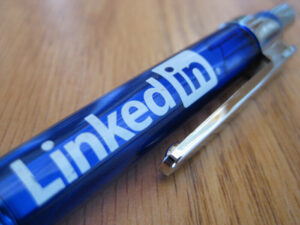
The January 2017 Jobs Report: What It Means for Recruiters
The Bureau of Labor Statistics just published its much anticipated January 2017 Jobs Report. While most news outlets focused on the highlights—227,000 new jobs were

The Bureau of Labor Statistics just published its much anticipated January 2017 Jobs Report. While most news outlets focused on the highlights—227,000 new jobs were
As we prepare for the upcoming year, talent management may be the last thing on your mind. We still have many Sunday night football games,
We are all job seekers. You can bet that at some point you’ll get contacted by a recruiter, whether or not you are: actively looking,
I came across an article recently that caught my attention. The story centered on the topic of discrimination as commented by and seen through the
Generation Z’s arrival in the workforce means some changes are on the horizon for recruiters. This cohort, born roughly from the mid 90s to approximately
Predictions of future trends typically range from spot-on to far-fetched, and just plain silly — the latter being more likely. Take the second installment of
You can’t guarantee every employee is going to have a perfect experience with your company. Job dissatisfaction is bound to happen no matter how great
As a recruiter, it can be difficult to manage a large number of candidates and the data that comes along with it to make your

LinkedIn took the recruiting world by storm not too long ago. This user-friendly, massive network of talent has become an indispensable tool for hiring professionals,
I played Patrick the recruiter in our customer conference general session skit. It was less than 15 lines and shouldn’t have been a problem. But
The balance of power is shifting in the employer/employee relationship. What does it mean for the future of work? The #TChat crowd weighs in
The TalentCulture #TChat Show is back live on Wednesday, July 30, 2014, from 7-8 pm ET (4-5 pm PT). The #TChat radio portion runs the

The TalentCulture #TChat Show is back live on Wednesday, May 14, 2014. #TChat Radio starts at 6:30 pm ET (3:30 pm PT) and the convo continues on #TChat Twitter chat from

Twitter. For recruiters, it’s now a hot spot — not only for talent acquisition, but also for professional development. Who’s leading this social learning movement?